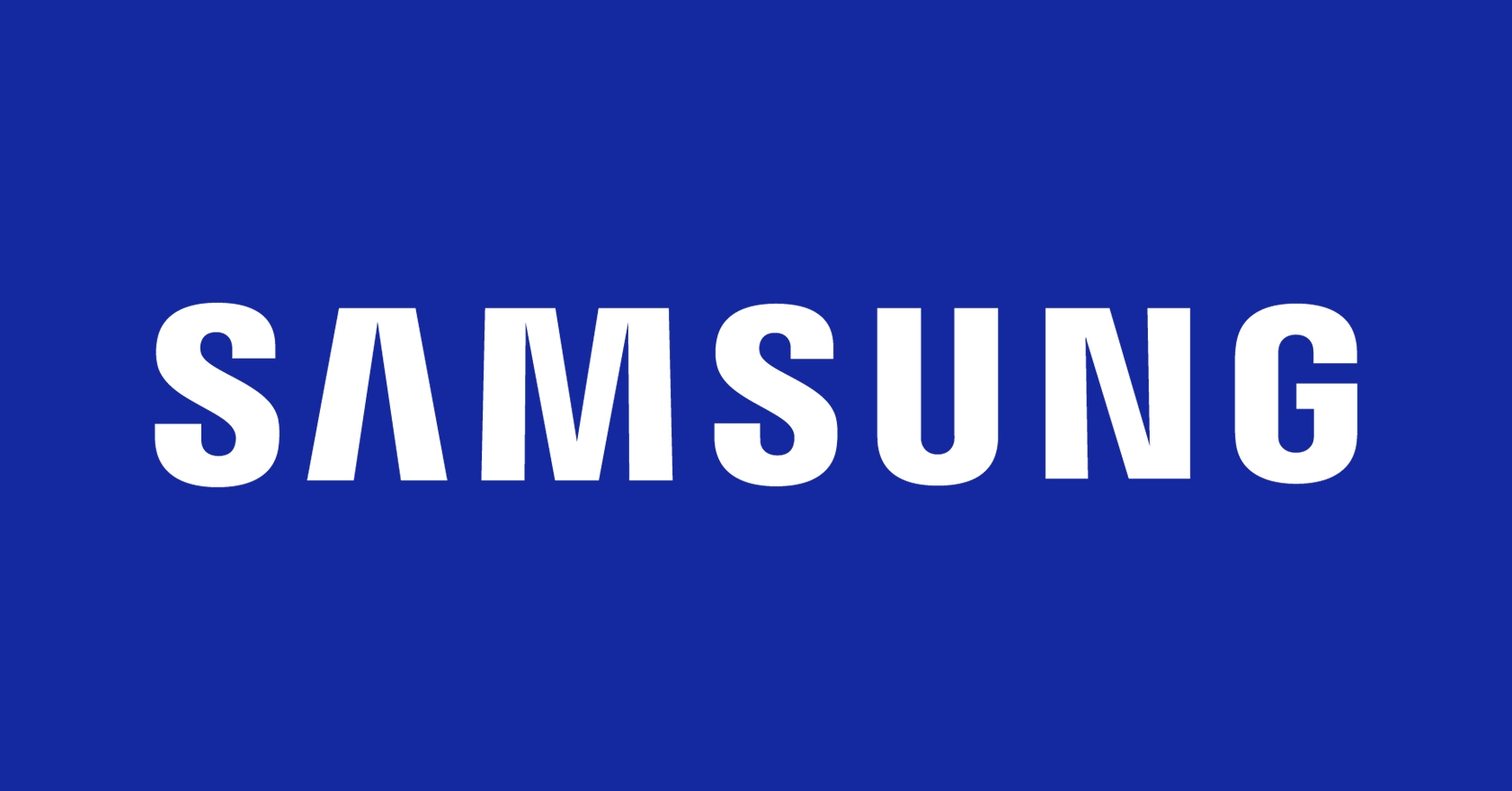The fact that corrective eyewear uses lenses that are crafted to focus on the center is among primary reasons why I hugely prefer larger than average viewing distances in conjunction with bigger than average screens that are NOT wider than 16:9 (I'm on a 55 inch 4k screen and sitting at 10 ft. distance away from it). Besides having a decent picture quality with the kind of invisible backlight flicker that doesn't affect eyestrain for me, but that still might affect others because it's personal, as are all the other factors also including what exactly it is that you use the screen for (and that I will elaborate in a moment), the larger viewing distance reduces eyestrain a lot more significantly than the differences between flat and curved ever can (again, for me).
In part, this is because the difference in distortion between flat and curved is less pronounced on a 16:9 screen when compared to on a much wider screen, especially if you, like me, prefer to sit at a farther distance away from the screen than most people would consider to be the ideal viewing distance for the given screen size.
That being said, distortions along the left and right edge of the screen (and especially in the corners) are less important to me, as I don't focus on those specific areas of the screen frequently enough for them to become an actual problem during those longer work sessions. I use a headrest, my head moves to avoid neck strain, shoulder strain and back strain, NOT to look to the left/right, as I don't use a swivel chair. Sitting in a chair for long periods wears me out, and has been proven to be bad for health if you don't take frequent breaks so, because geting yourself to fully focus on work again after each break takes a fair bit of time, which is another proven fact, well... you got the picture, literally.
I am a software developer, and I barely leave the screen so, I guess you could say I am more heavily immersed in my TV than an actual poltegeist. For me, personally, curved screens mainly drive up the cost. Which brings me to the fabricated myth that IMAX curved projection screens should be proof that curved must necessarily equate to better. I don't have the money to buy a Barco 4k laser projector yet. (Barco is a company from my country BTW.) Anyway, what I'm trying to say is, with a projector and a projection screen, curved projection screens have the added advantage of reducing the distortion further still, i.e. due to the light from the projector travelling an equal distance to any point on the projection screen. But with a non-projection screen, for reasons that should be completely obvious, this added advantage does not apply.
About 2/3 of all people who use screens a lot to get work done will tell you that personal preference is still the dominant factor when it comes to choosing between flat and curved. Calling all curved monitor users like this is some ways similar to calling all AMD CPU users to figure out what brand of CPU is better to cook a lasagna (if you mean what I get...).






